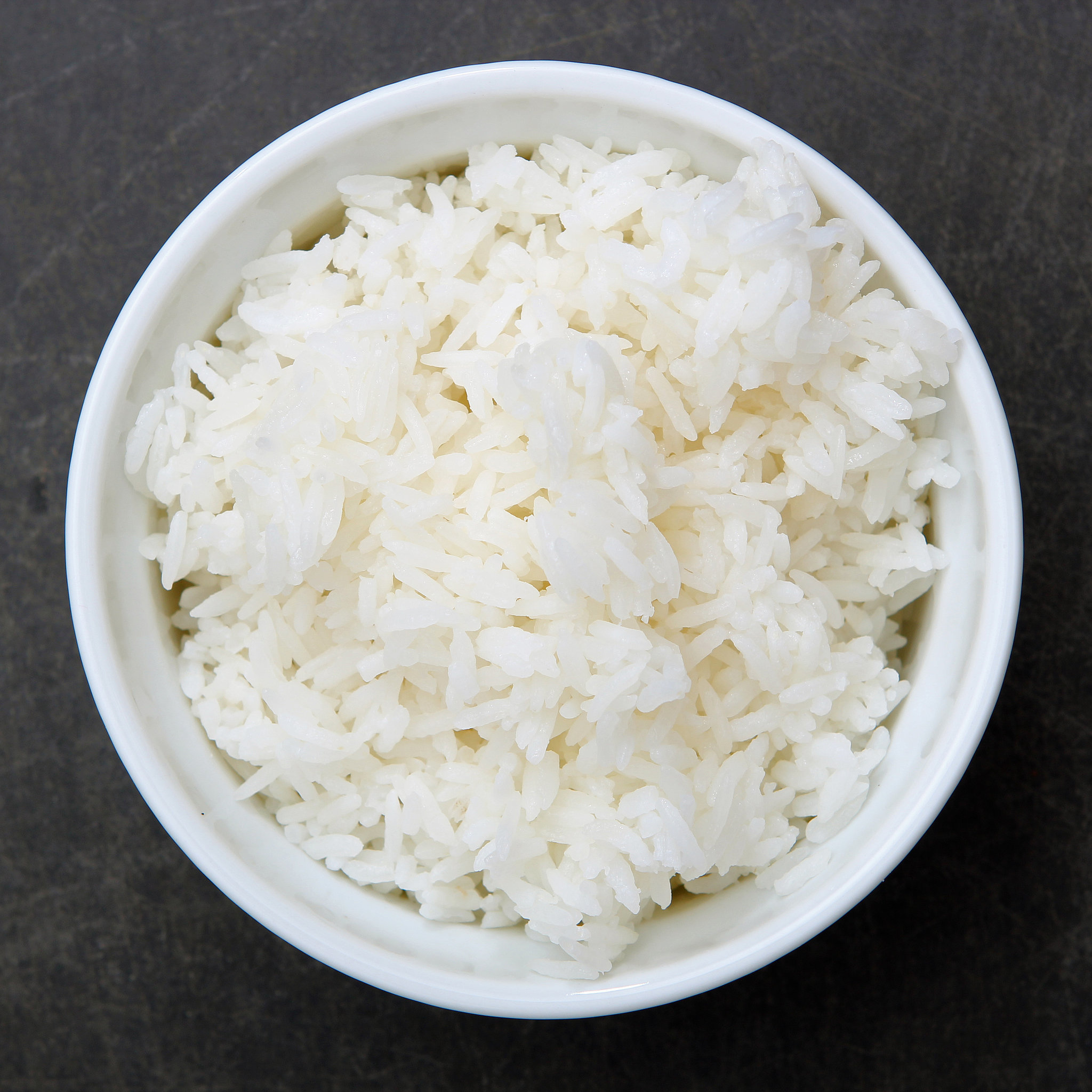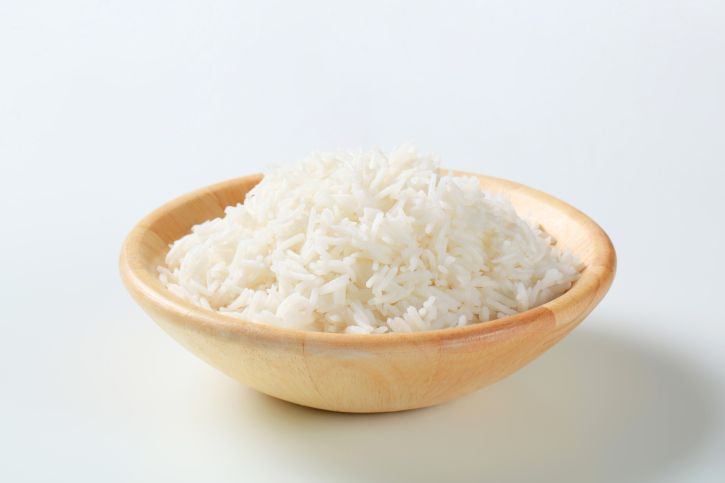Embark on a captivating linguistic adventure with rice in Spanish language. Delve into the etymological roots of this culinary staple, tracing its evolution across Spanish-speaking regions. Uncover the diverse terminology and cultural influences that shape the way we talk about rice in Spanish.
From the vibrant streets of Madrid to the sun-kissed shores of the Caribbean, rice holds a prominent place in Spanish cuisine and culture. Explore the cultivation practices, traditional dishes, and socioeconomic significance of rice in Spanish-speaking countries. Discover the literary and artistic expressions that have immortalized rice in Spanish culture, shedding light on its historical and cultural context.
Etymology of “Rice” in Spanish
The Spanish word for rice, “arroz”, has an intriguing etymological journey that spans multiple languages and historical periods.
The term “arroz” originates from the Arabic word “ar-ruzz”, which was first used to describe rice in the 9th century. This Arabic term is thought to have derived from the Persian word “birinj”, which was used as early as the 6th century BCE.
Evolution in Spanish
When the Arabs introduced rice to the Iberian Peninsula during the Middle Ages, they brought their word for it, “ar-ruzz”. This term was adopted into Spanish as “arroz” and has been used to refer to rice ever since.
Over time, the Spanish word “arroz” has undergone some phonetic changes. The original Arabic “ar-” prefix has been dropped, and the “zz” has been softened to “s” in some dialects.
Related terms in Spanish that share the same etymological root include “arrozal” (rice field), “arrocero” (rice grower), and “arrocería” (rice mill).
Regional Variations in Spanish Rice Terminology

The Spanish language encompasses a diverse array of dialects and regional variations, which extend to the terminology used for rice. This variation is influenced by cultural, geographic, and historical factors, leading to a rich tapestry of terms across Spanish-speaking regions.
Geographic Distribution of Rice Terminology
| Region | Term for Rice |
|---|---|
| Spain | Arroz |
| Mexico | Arroz |
| Colombia | Arroz |
| Argentina | Arroz |
| Cuba | Arroz |
| Puerto Rico | Arroz |
| Dominican Republic | Arroz |
| Guatemala | Arroz |
| El Salvador | Arroz |
| Honduras | Arroz |
| Nicaragua | Arroz |
| Costa Rica | Arroz |
| Panama | Arroz |
| Chile | Arroz |
| Peru | Arroz |
| Bolivia | Arroz |
| Ecuador | Arroz |
| Venezuela | Arroz |
As the table illustrates, “arroz” is the most common term for rice throughout the Spanish-speaking world. However, there are a few notable exceptions. In some regions of Colombia, the term “caldo” is used to refer to rice, while in some parts of Mexico, “granos” is the preferred term.
These variations reflect the linguistic and cultural diversity of the Spanish-speaking world.
Rice Cultivation and Cuisine in Spanish-Speaking Countries

Rice cultivation and consumption hold significant importance in Spanish-speaking countries. The crop has been cultivated in these regions for centuries, playing a crucial role in the culinary traditions and agricultural economies of these nations.
Rice Cultivation Practices
Rice cultivation in Spanish-speaking countries is primarily concentrated in areas with ample water resources and warm climates. Major rice-producing regions include the Ebro River delta in Spain, the Mediterranean coast of Spain, and the Caribbean coast of Colombia.
Traditional rice cultivation methods in Spanish-speaking countries involve flooding the fields to create a waterlogged environment conducive to rice growth. Modern irrigation techniques, such as drip irrigation and laser leveling, are also employed to optimize water usage and increase yields.
Role of Rice in Spanish Cuisine
Rice is a staple food in Spanish cuisine, featuring prominently in both traditional and contemporary dishes. It is used as a side dish, an ingredient in stews and soups, and as the base for iconic dishes like paella.
In traditional Spanish cuisine, rice is often cooked with vegetables, seafood, or meat to create flavorful and hearty dishes. Contemporary Spanish cuisine incorporates rice into a wider range of dishes, including salads, risottos, and even desserts.
Popular Rice Dishes and Cultural Significance, Rice in spanish language
Some of the most popular rice dishes in Spanish-speaking countries include:
- Paella: A traditional Spanish dish made with rice, seafood, and vegetables.
- Arroz con pollo: A Colombian dish consisting of rice cooked with chicken and vegetables.
- Arroz con leche: A dessert made with rice cooked in milk, sugar, and cinnamon.
These dishes hold cultural significance in their respective countries and are often served during special occasions and family gatherings.
Rice in Spanish Literature and Arts
Rice is not only a staple food in Spanish-speaking countries, but it has also left a significant mark on their literature and arts. In Spanish literature, rice is often associated with themes of love, loss, and the passage of time.One
of the most famous examples of rice in Spanish literature is the poem “Romance del arroz” by Federico García Lorca. The poem tells the story of a young woman who is forced to marry a man she does not love.
On her wedding day, she eats a bowl of rice and weeps, as she knows that her life will never be the same.Rice is also a common symbol in Spanish painting. In the painting “The Threshing Floor” by Francisco Goya, rice is depicted as a symbol of fertility and abundance.
The painting shows a group of peasants threshing rice, and the golden color of the rice is a symbol of the wealth and prosperity that it brings.In addition to literature and painting, rice is also a popular subject in Spanish music and dance.
The song “Arroz con leche” is a traditional Spanish children’s song that tells the story of a young boy who eats a bowl of rice with milk. The song is often sung at parties and festivals, and it is a symbol of joy and celebration.The
cultural and historical context of these representations is complex and varied. In some cases, rice is seen as a symbol of wealth and prosperity. In other cases, it is seen as a symbol of love and loss. However, in all cases, rice is a powerful symbol that has played an important role in Spanish culture for centuries.
Rice in Spanish Poetry
Rice is a common theme in Spanish poetry, often used to evoke feelings of nostalgia, longing, and loss. In the poem “Arroz con leche” by Federico García Lorca, the speaker recalls a childhood memory of eating rice with milk, a simple dish that evokes a sense of comfort and security.
The poem’s use of repetition and simple language creates a sense of longing for a simpler time.Another example of rice in Spanish poetry is the poem “Arroz” by Pablo Neruda. In this poem, Neruda uses rice to symbolize the passage of time and the inevitability of death.
The poem’s imagery of rice being cooked and then eaten is a metaphor for the cycle of life and death.
Rice in Spanish Painting
Rice is also a common subject in Spanish painting, often used to depict scenes of everyday life. In the painting “The Threshing Floor” by Francisco Goya, rice is depicted as a symbol of fertility and abundance. The painting shows a group of peasants threshing rice, and the golden color of the rice is a symbol of the wealth and prosperity that it brings.Another
example of rice in Spanish painting is the painting “Rice Field” by Joaquín Sorolla. This painting depicts a group of women working in a rice field, and the painting’s use of light and color creates a sense of peace and tranquility.
Socioeconomic Impact of Rice in Spanish-Speaking Societies
Rice is a staple food in many Spanish-speaking countries, and its cultivation and consumption have a significant socioeconomic impact on these societies.
In terms of economics, rice is a major cash crop for many Spanish-speaking countries. It is exported to other countries, generating income and foreign exchange. Rice cultivation also provides employment opportunities in rural areas, where it is often the primary source of income for farmers and their families.
Role in Food Security
Rice is a vital part of the food security in Spanish-speaking countries. It is a relatively inexpensive and nutritious food source, providing carbohydrates, protein, and essential vitamins and minerals. Rice is also a versatile food that can be cooked in a variety of ways, making it a popular choice for families of all socioeconomic backgrounds.
Cultural and Societal Values
In addition to its economic and nutritional importance, rice also has a number of cultural and societal values in Spanish-speaking countries. In many cultures, rice is seen as a symbol of prosperity and fertility. It is often used in religious ceremonies and festivals, and it is a common ingredient in traditional dishes.
Ultimate Conclusion: Rice In Spanish Language
Our exploration of rice in Spanish language has unveiled a rich tapestry of linguistic diversity, culinary traditions, and cultural expressions. From its etymological origins to its regional variations, rice has left an enduring mark on Spanish-speaking societies. As we bid farewell to this linguistic journey, let us remember the profound role that rice continues to play in shaping the cultural identity of Spanish-speaking communities worldwide.
User Queries
What is the origin of the word “rice” in Spanish?
The Spanish word for rice, “arroz,” originates from the Arabic word “ar-ruzz,” which in turn comes from the Sanskrit word “vrihi.”
What are some common regional variations in Spanish rice terminology?
In Spain, rice is typically referred to as “arroz,” while in Mexico and Central America it is known as “arroz blanco” or “arroz cocido.” In the Caribbean, rice is often called “arroz con gandules” or “arroz con pollo.”
What is the significance of rice in Spanish-speaking cultures?
Rice is a staple food in many Spanish-speaking countries, and it plays an important role in both traditional and contemporary cuisine. It is often used in dishes such as paella, arroz con pollo, and arroz con gandules.